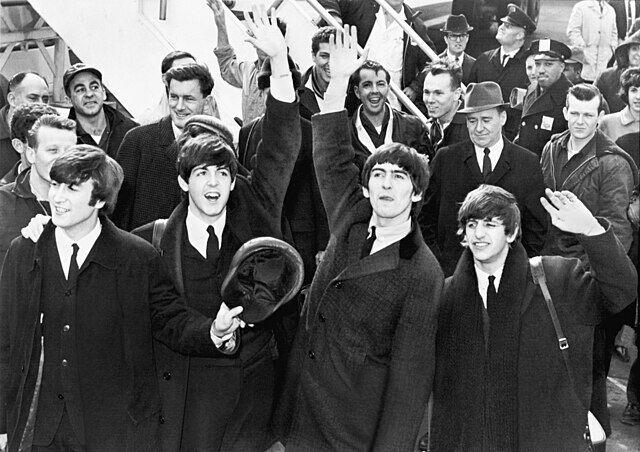David Lynch, award-winning director and screenwriter, died on Jan. 15 due to chronic obstructive pulmonary disease. Nearly a month after his death, students and faculty remember Lynch’s work and weigh in on his impact on the American film industry.
Lynch began his career in the visual arts as a painter and later baffled critics with his first feature-length film “Eraserhead” in 1977. He went on to direct a number of full-length pictures including “Mulholland Drive,” “Blue Velvet” and “Wild at Heart.”
Tommy Jenkins, lecturer in the English department, said Lynch’s early work as a painter shone through in his work and possibly contributed to his influential and distinct visual style — specifically his implementation of mood lighting.
“He had a very painterly sensibility, a very painterly perspective,” Jenkins said. “That kind of visual style was influential as a way of showing others — filmmakers or wannabe filmmakers — that, ‘Hey, there’s more than one way to do this.’”
In addition to his aesthetic approach, Lynch had an interest in juxtaposing the mundane with the macabre. Some of his most popular films exposed violence within small towns and questioned the apparent innocence of suburbia.
Jenkins said this was part of a larger theme of uncovering the truth hidden under the surface, not just in communities but also in individuals.
“It’s almost like Lynch would say people are a heck of a lot more interesting than they appear on the surface,” Jenkins said. “And for him, often that interest was something dark or maybe something sinister.”
Brandon Moore, a second-year studying business administration and a member of the film club, said another important theme throughout Lynch’s work was escapism and adapting new identities to get away from the grimy parts of life.
“I think a lot of his stuff kind of has to do with this escapism idea of trying to get away from the bad parts about your life,” Moore said.
Lynch’s work has had a profound impact on not only the American film industry, inspiring directors like Guillermo del Toro, but also globally.
“You can just see this broad inspiration in not only just American culture but culture across the world, really,” Moore said.
Lynch’s compositions, including commentary on mainstream ideas and concepts with abstract imagery, is a major part of what made him so well known and loved.
“But I think what’s so strong about what he did was that, especially earlier on, he managed to kind of combine that abstract, surrealness with stuff that had broad appeal,” Moore said.
Lynch’s omission of clarity from his films made his work unique. Later in life, he admitted that he had a hard time understanding where the confusion came from. But many find enjoyment in unraveling the meaning behind his nonlinear plots and dream logic.
“I really find how he forces people to engage very admirable and his refusal to really admit exactly what he means by certain things,” Moore said. “Because of the way his work functions, a lot of times very abstract in what it’s going for and what it’s saying. It kind of forces you to adopt this mindset when you’re looking at art … the deeper meanings of what the artist is going for and kind of how it appeals to your emotions and subconscious in a way, as opposed to just what’s literally happening on screen.”
Lynch became pervasive in American society and remains a household name, one that continues to inspire and influence the content we absorb.
“I think one of the best ways to describe his influence is that his name became the adjective,” Jenkins said. “It’s kind of interesting that someone who was such a critic of the culture, ultimately, kind of gets absorbed by the culture in a way — and he was absorbed by the culture in such a way that his influence became pervasive.”














